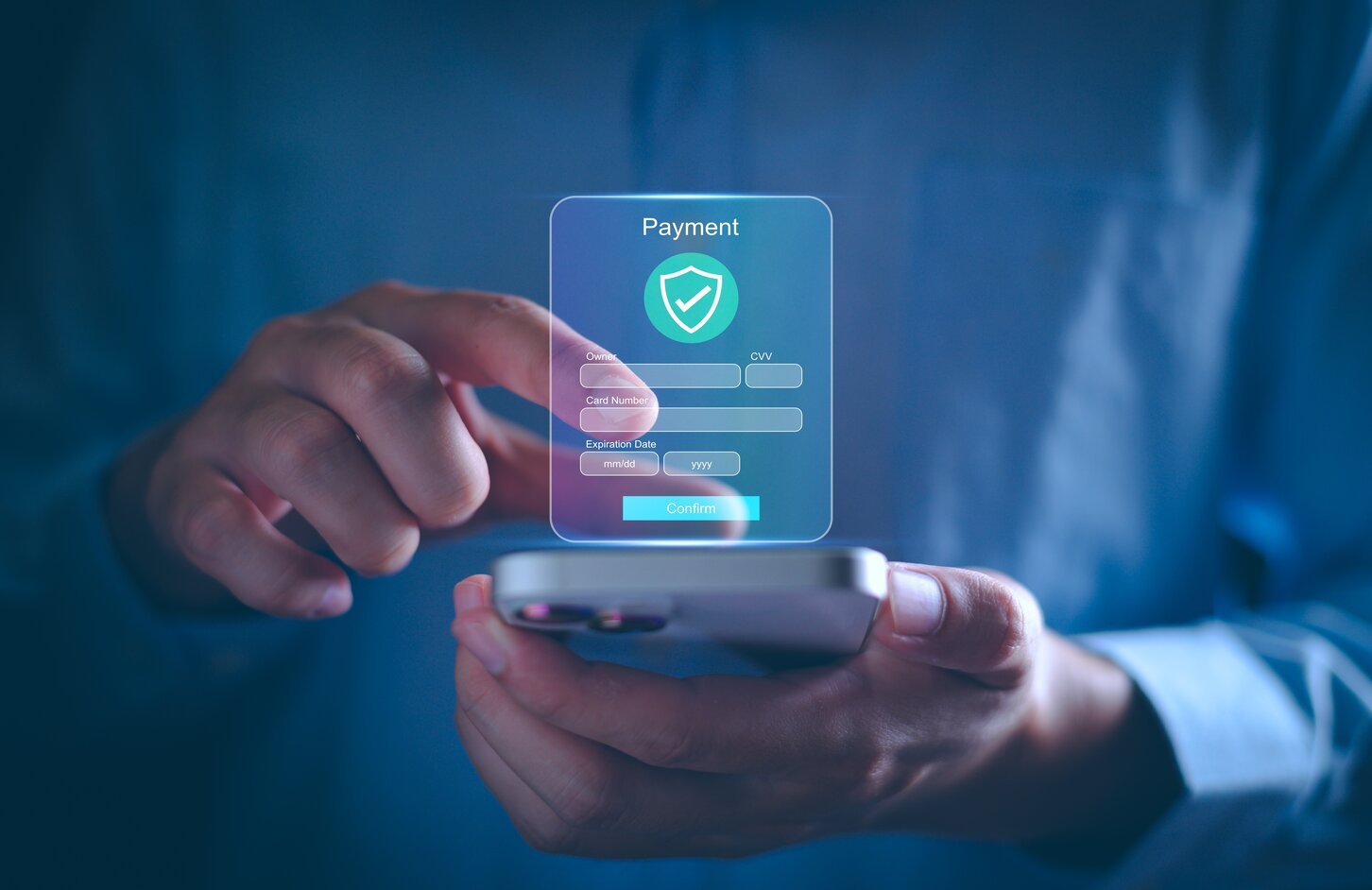In today’s digital age, shopping and making payments online have become a normal part of life. We purchase clothing, pay for streaming services, and do many other things via the web; but this has also brought new dangers such as cybercrime. Hackers are constantly looking for ways to access sensitive personal information as well as financial details so they can carry out fraudulent activities.
Businesses need strategies in place if they want their customers’ transactions to be secure– and there are things you can do, too! By following a few tips, you’ll reduce any risk associated with paying online.
Tools and Platforms for Safer Transactions
Businesses have a big responsibility to protect their customers’ data. Using strong security tools like SSL certificates, tokenization, and secure payment gateways is crucial. Another powerful solution for safer transactions is a white label payment platform. Such platforms allow businesses to offer payment services under their own brand while relying on the robust security and technology of a trusted provider. For example, a small online store can integrate a white label solution to process payments securely, without having to build complex systems from scratch. This not only increases trust with customers but also helps businesses comply with industry standards.
Tips for Businesses
Companies should start by keeping their systems updated. Cyber threats change quickly, and software updates often include patches for new vulnerabilities. It’s also wise to train employees on recognizing scams like phishing emails, which often try to trick staff into revealing sensitive information.
Businesses should never store more data than necessary. Holding on to customer credit card numbers or other personal details can become a liability if a breach occurs. Tokenization helps here—it replaces card numbers with unique codes that are useless to hackers.
Finally, always be transparent with customers about how their data is used and protected. Clear privacy policies and open communication build trust and loyalty.
Tips for Consumers
To maintain security in online payments, consumers have a very big role to play. First and foremost, it is important for them to select unique and strong passwords that they will use in their shopping accounts. One should avoid using similar passwords on different accounts. With this, it will be easier for one to keep track of all complex logins.
Take note of certain things before typing your card details, such as looking for the secure sockets layer (HTTPS) and/or the padlock icon inside the address bar. Stay alert about unbelievable offers; fraudsters use such tricks to attract careless victims.
On top of that, one may think of utilizing virtual cards while making purchases from online stores. Most banks and financial service providers avail clients with additional safety through temporary card numbers. In case someone steals a virtual card number, they would not be able to make any transactions with it.
Staying One Step Ahead
It is certain that online payments will continue as well as the cyber threats, so both businesses and consumers should be informed and careful. Business owners can put money in secure technology, while customers practice safe habits and do not trust suspicious offers.
After all is said and done, e-commerce must be easy and enjoyable. With some caution, we can comfortably trade on the internet without being caught in any cyber traps. To ensure that we are kept on guard against such threats, it is important that we use appropriate payment methods for our data, too.











